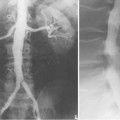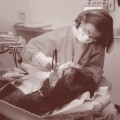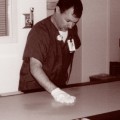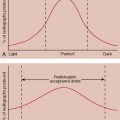CHAPTER 21 On completion of this chapter, you should be able to: • Define accreditation and describe its characteristics. • State the two primary types of educational accreditation, and describe the difference. • State the purpose of program accreditation. • Discuss the evolution of radiologic sciences education and accreditation. • List the three groups of individuals who collaborate in the operation of the Joint Review Committee on Education in Radiologic Technology, and describe the responsibilities of each group. • List and briefly discuss the components of the accreditation process. • Discuss the process of programmatic self-study and its role in the accreditation process. • Discuss the purpose of a site visit, and list the individuals involved and their roles. • List the benefits of programmatic accreditation to various groups of individuals. • Describe the process for submitting complaints to the Joint Review Committee on Education in Radiologic Technology, and explain how complaints are handled.
The Joint Review Committee on Education in Radiologic Technology
The Joint Review Committee on Education in Radiologic Technology









